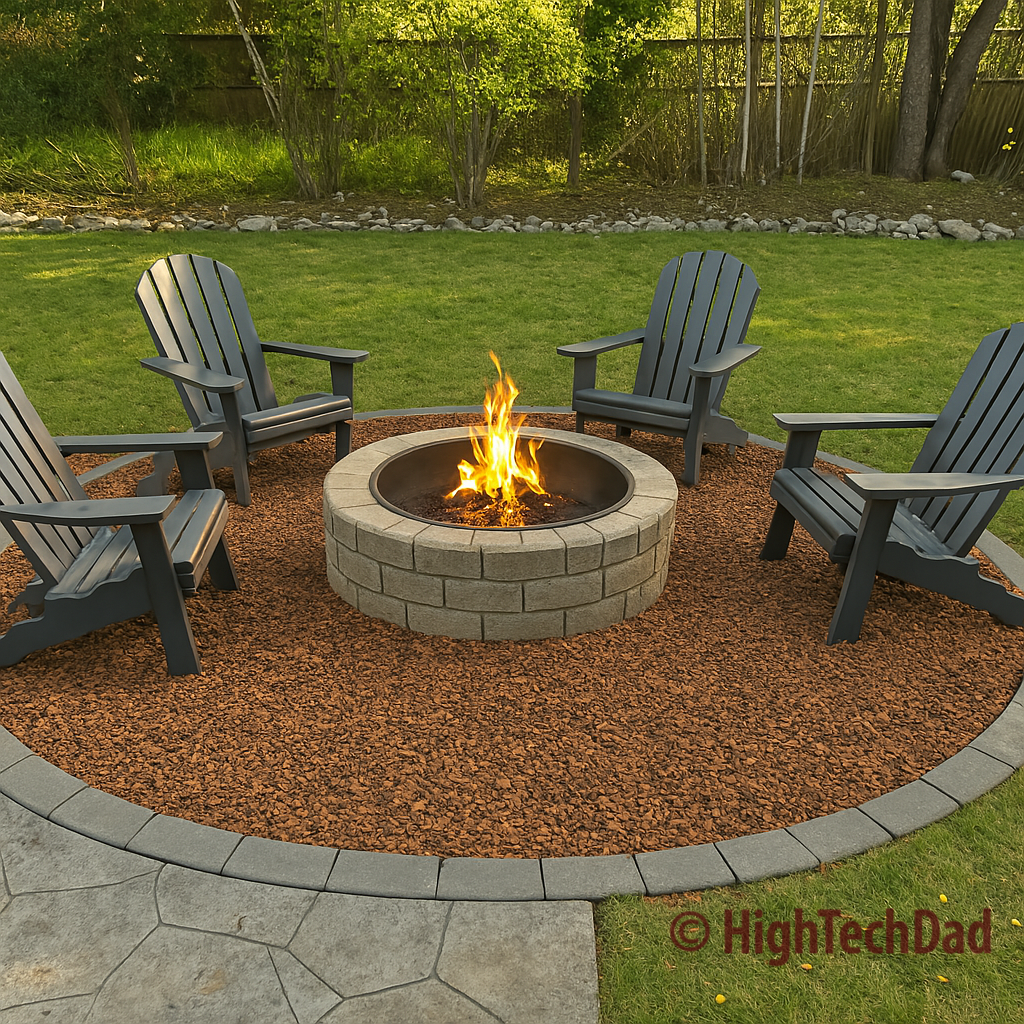DIY home projects are having a moment, and rightfully so. Whether you’re fixing a leaky faucet, building backyard furniture, or replacing an outdoor outlet (more on that later), there’s a growing sense that homeowners don’t need to wait for help. And recently, I had the pleasure of contributing to a fantastic Redfin article that dives into exactly that mindset.
The article “DIY Tools You Need to Get the Job Done Right” features insights from various DIYers, bloggers, and tool-wielding experts on the must-have gear for tackling projects around the house. I was thrilled to be included among them. My contribution focused on something I truly believe in: DIY is about empowerment. It’s about having the right tools, doing your research, and most importantly, knowing when to ask for help, whether from a neighbor or a professional.

But there’s more to the story. Like any good collaborative piece, the final Redfin article had to trim down the content. And while I’m grateful my safety-forward advice made it in, some of the tech-savvy suggestions I shared ended up on the cutting room floor. So, consider this the director’s cut, the tech and AI-powered angle that didn’t make it into the final piece, but that I think every modern DIYer should know about. (By the way, the featured image of this article on HighTechDad is entirely AI-generated based on some photos I had of some stones lying around the yard against my fence. Amazing.)
Traditional tools are great, but don’t overlook digital ones
In the Redfin article, other contributors discussed the importance of having core tools in your toolkit: things like a reliable cordless drill or a precision screwdriver set. I personally emphasized the importance of being willing to learn, especially when tackling something new or unfamiliar. But one of the most important tools these days isn’t something you keep in your garage; it’s your internet connection.
Digital resources have become a lifeline for DIYers. Gone are the days of thumbing through a dusty instruction manual or trying to decipher complex diagrams from other manufacturers. (Though I actually think IKEA does a great job of making their instructions universally understandable with simple design and visuals.) Instead, we have how-to videos, detailed blog posts, real-time chats, and visual inspiration at our fingertips.
YouTube, in particular, is a goldmine. I’ve lost track of how many times I’ve watched a video mid-project to figure out which wire goes where or how to disassemble a stubborn appliance. I also post how-to and fix-it videos on my own YouTube channel, where I try to walk people through tricky projects in a clear, approachable way. It’s another way I like to share what I’ve learned and promote self-empowerment through repairs and home improvements.
And it’s not just YouTube. Pinterest continues to be incredibly useful during the planning phase of a project. Want to get ideas about circular backyard firepits (which we’re currently researching on Pinterest), start there. Instagram and TikTok bring in a more bite-sized approach, perfect for quick, creative ideas or trendy home improvement hacks that can inspire and educate in under a minute.
When AI becomes your DIY co-pilot
The newest, and perhaps most exciting, addition to my digital toolbox is AI. Tools like ChatGPT have quietly become one of my favorite DIY companions. Let me give you a real-world example.
A while ago, I needed to replace an old outdoor GFCI outlet. While I’ve done plenty of basic electrical work over the years, including wiring, installing outlets, and even ceiling fans, this outdoor GFCI outlet gave me pause. I saw it as a chance not only to get the job done but also to test how ChatGPT could assist and educate me along the way. Rather than simply replicate the old wiring from memory, I wanted to understand the ‘why’ behind the setup. So I snapped a photo, described the symptoms and situation, and asked ChatGPT to walk me through it. In seconds, I had a step-by-step breakdown, safety considerations, and even wiring diagrams to double-check my work. It was like having a friendly electrician in my pocket, minus the hourly rate.

Another great example? Planning a circular backyard firepit. I provided a few photos of the space, and ChatGPT generated photo-realistic mockups of different layout ideas (but they do seem to alter reality a bit). It even gave me easy-to-follow instructions for how to build one myself, factoring in things like space, safety, and surrounding materials. It turned a rough concept into something tangible and totally doable.

I’ve also used AI for other DIY-related tasks, such as writing shopping lists, summarizing tutorials, double-checking measurements, and even generating pros and cons when deciding between repairing and replacing something. AI won’t swing a hammer for you, but it will absolutely help you swing it smarter.
The value of real-world advice
Of course, while digital tools are powerful, they’re not a full replacement for good old-fashioned human help. One of the best sources of insight is a neighbor, friend, or family member who’s done the project before. Don’t be shy about asking around. Odds are, someone you know has tackled a sink install or patched a drywall crack and is happy to pass along their wisdom (and maybe even lend you a tool or two).
Sometimes, the best approach is to blend digital and analog. Watch the YouTube video, get AI to help troubleshoot, and then call your relative or friend who used to be a contractor to double-check your plan. DIY is still a team sport. It just happens to have more players now.
Final thoughts
Being included in the Redfin article was an honor, and I love seeing so many passionate DIYers share their knowledge. But I also wanted to take the opportunity to share this extended perspective, especially for those of us who lean a little more into the tech side of things.
So next time you pick up a drill or unbox that new smart thermostat, remember: you’ve got more tools at your disposal than ever before. Your toolbox might still be made of metal and dusty, but your digital toolkit is evolving quickly. Embrace it.
And if you want to see the original article that kicked off this conversation, you can find it here: DIY Tools You Need to Get the Job Done Right.
HTD says: Whether it’s a hammer or a hyperlink, the best DIY tool is the one that gets the job done and teaches you something along the way. Just make sure your digital assistant doesn’t talk back while you’re holding a power saw!


